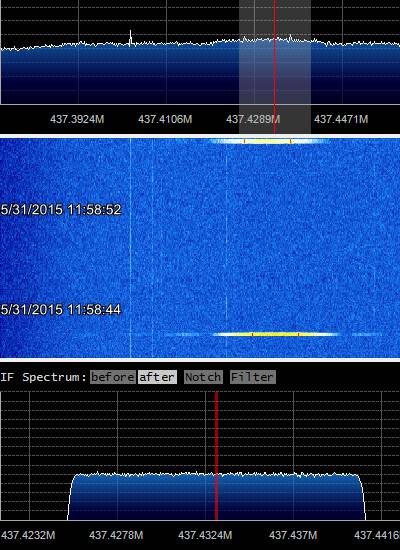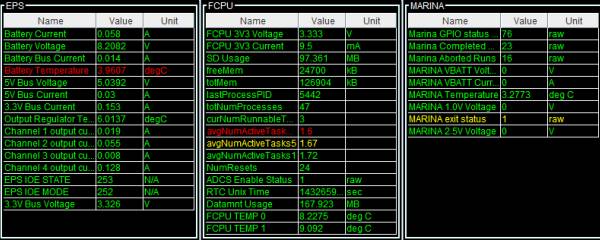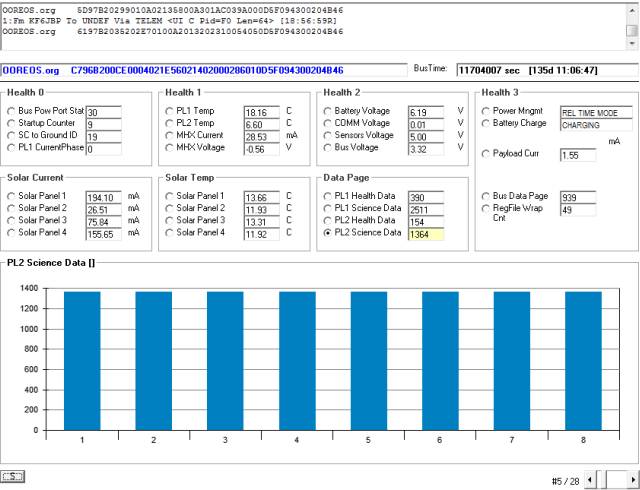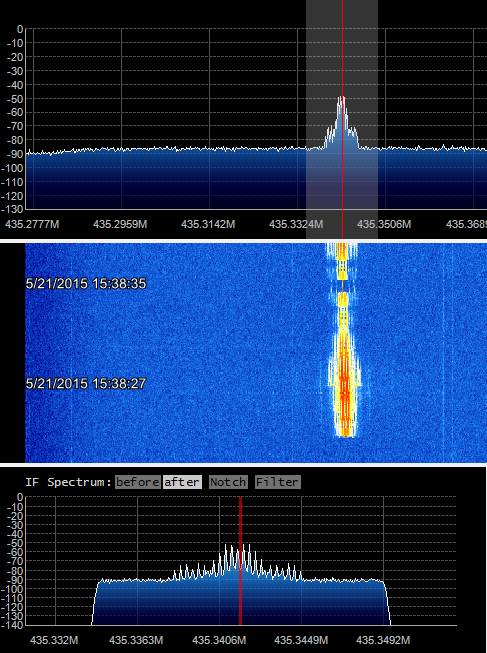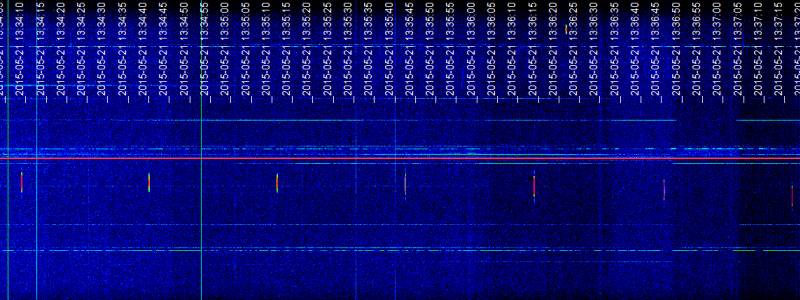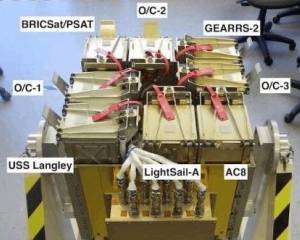 Atlas V ULTRASat Objects identified
Atlas V ULTRASat Objects identified
By using detailed Doppler shift measurements, PA0DLO informs that LightSail is object 90726, ULTRASat 7, without any doubt.
This means that LightSail is actually object 40658, 2015-025H in the JSpOC catalog.
The preliminary initial assignments in the JSpOC catalog for the objects in this launch will need to be corrected:
PSAT = 90720 = ULTRASat 1 = 40652 = 2015-025B
LightSail = 90726 = ULTRASat 7 = 40658 = 2015-025H
BRICSat = 90729 = ULTRASat 10 = 40661 = 2015-025L
Source: PA0DLO, Amsat-BB

